I. Working Principle: Digital Decoding of Biomechanics
Core Sensing Technology
Utilizing a matrix pressure sensor (4-64 sensing points per square centimeter), when the sole of the foot contacts the detection plate, the deformation of the conductive film causes a change in resistance/capacitance, converting the pressure signal into a quantized electrical signal ranging from 0.1 to 100 N/cm². The latest capacitive sensor is only 0.15mm thick, enabling contactless measurement whether barefoot or wearing shoes.
Sampling at a high frequency of 200-500Hz (equivalent to capturing 200 pressure snapshots per second), it fully records the movement of the center of pressure from heel to forefoot throughout the gait cycle with an accuracy of ±1.5mm. Synchronous integration with an inertial measurement unit (IMU) enables the creation of a 3D gait model.
Intelligent Analysis Module
Using an AI algorithm to compare the system against a database of healthy individuals, it automatically identifies abnormally high-pressure areas (e.g., diabetic foot risk areas >700kPa) and generates reports on 18 core parameters, including arch index and gait symmetry.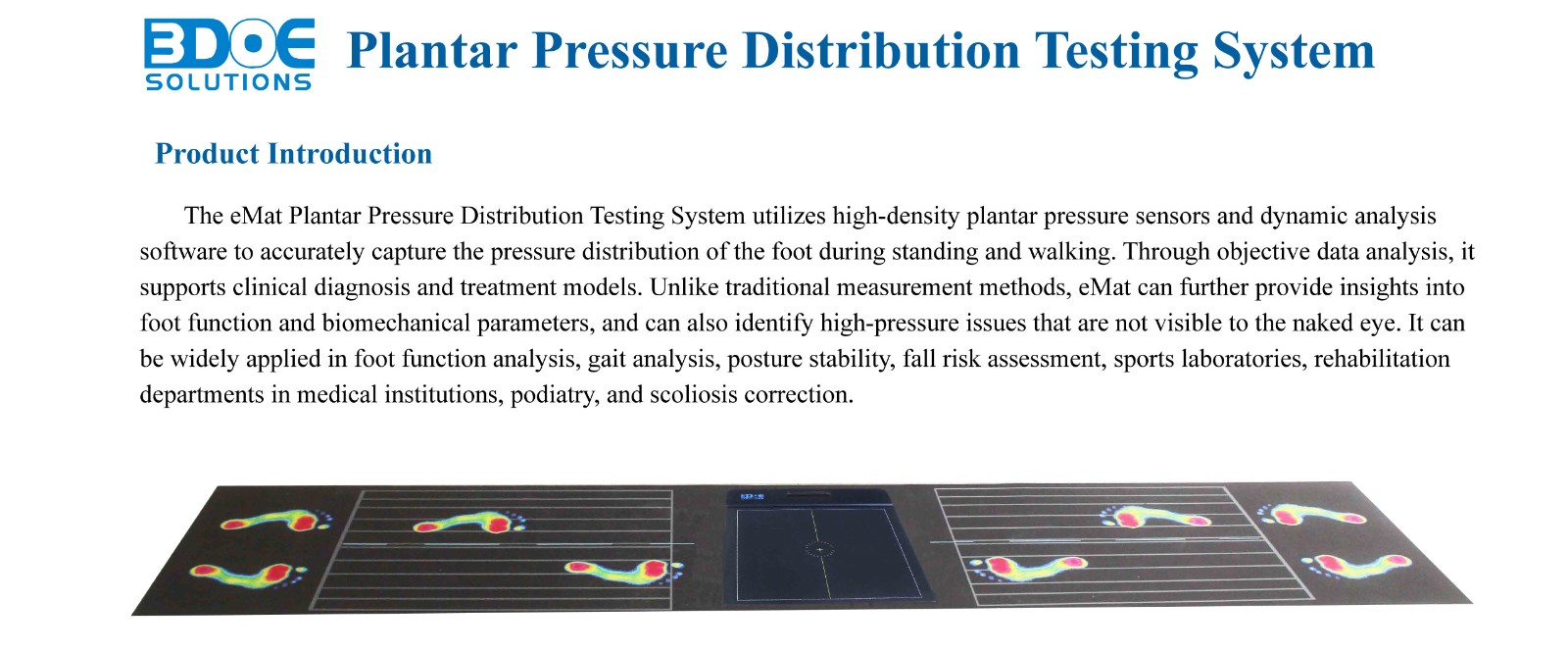
II. Application Scenarios: Cross-Border Empowerment from the Clinic to the Sports Field
(I) Healthcare
By identifying high-pressure points on the forefoot and heel through dynamic pressure cloud mapping, customized 3D-printed orthotics can reduce local pressure by 40%. Data from Peking Union Medical College Hospital shows that this system has reduced the incidence of diabetic foot ulcers by 62%.
Neurorehabilitation Assessment
Gait analysis of stroke patients shows that a decrease in stance phase time of more than 15% on the affected side indicates the need for increased eccentric gastrocnemius training. A swing in the center of pressure trajectory greater than 20mm indicates an increased risk of falls.
Child Development Screening
In school screening, the system can complete initial screening for flat feet (arch index <0.21) and high-arched feet (>0.29) in just 5 minutes, with an accuracy rate 83% higher than traditional visual inspection.
(II) Sports Science
Competitive Sports Optimization
For sprinters, if the first metatarsal pressure ratio during the starting phase is less than 18%, it indicates insufficient extension force. For basketball players, if the heel impact force exceeds three times their body weight upon landing, they should be wary of Achilles tendon injuries.
Public Fitness Guide
By analyzing a jogger's plantar pressure time-integrated curve, we can recommend cushioning (peak pressure concentrated in the forefoot) or support (arch collapse) running shoes.

 +86-0755-86131192
+86-0755-86131192 2025-08-08
2025-08-08 Back to list
Back to list
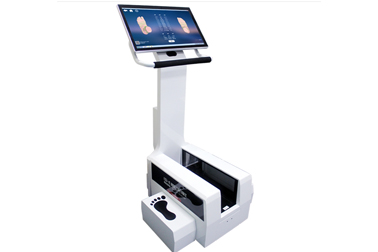
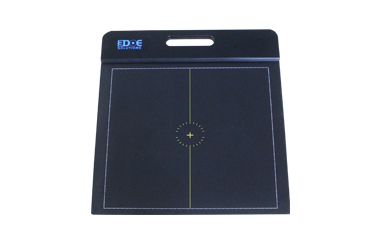
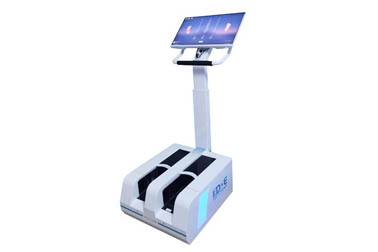
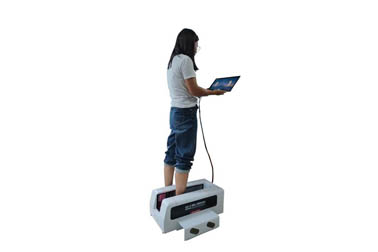



 +86-0755-86131192
+86-0755-86131192